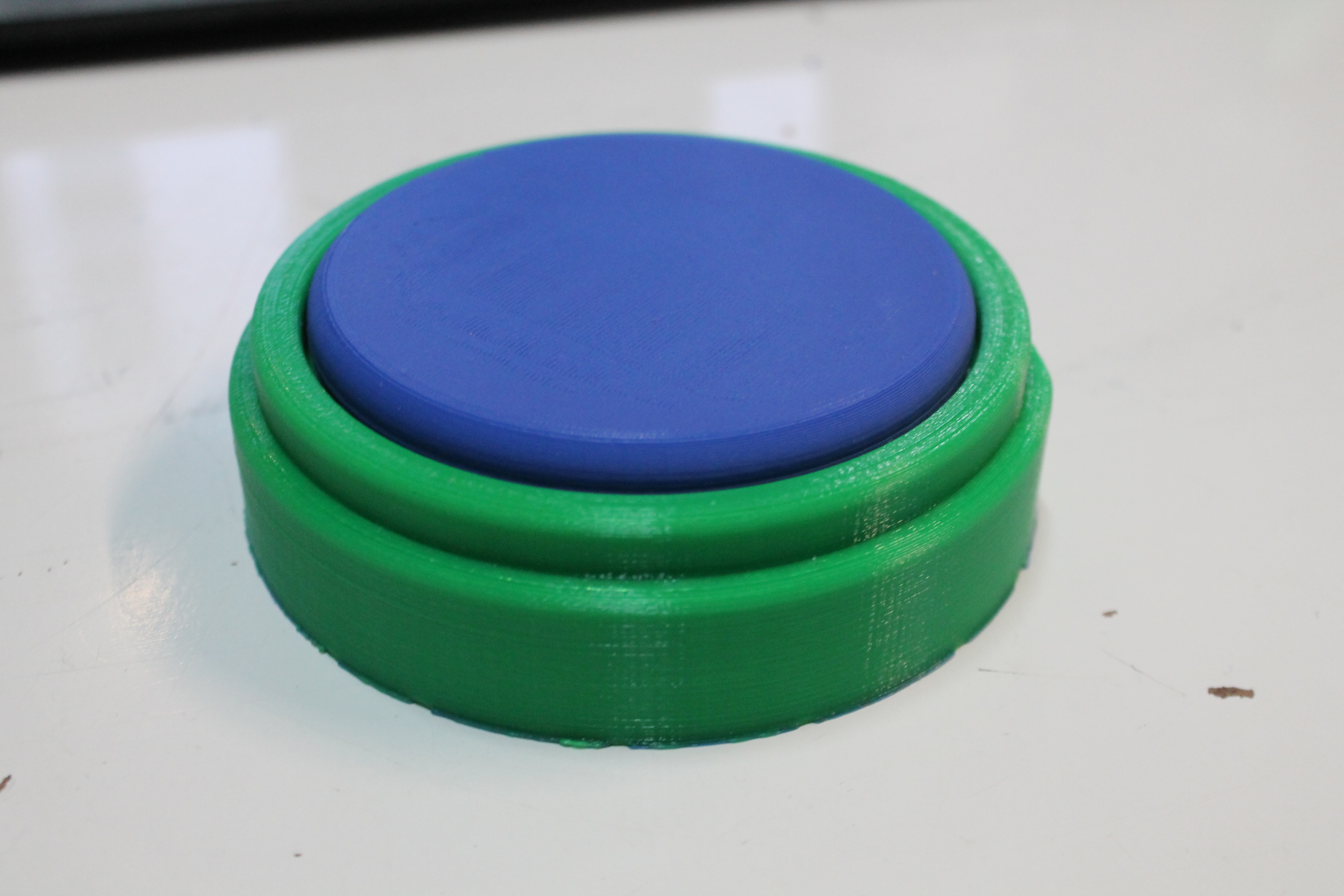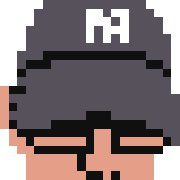@[email protected] may be interested in this article too.
Edit, well hoping they see this, because I guess I don’t know how to tag someone on Lemmy.
I don’t know if it has that feature yet. Maybe go to the bug tracker and see if someone’s already filed an issue you can +1?
Thank you! It does work, the selection menu just didn’t appear the first time.
Yep, I got it.
My first though was that piezoelectric crystals usually have a tiny range of movement, which is why you see them used more in actuators for micro or nanomechanical systems, or in force and speed-dominated situations like acoustics. However, apparently you can get ready-made multilayer reeds that bend instead of just shrinking and growing; I can’t find an accessible datasheet for the part mentioned, but I get how that could allow you a full millimeter.
I don’t really get the layout of reeds from the figures and description provided, but I’m sure I could figure it out for myself. I’m also surprised they used an FPGA for this, rather than a cheaper microcontroller, since latency isn’t much of an issue for a system like this, by electronics standards.
But yeah, interesting. Has anyone experimented with a tactile “GUI” in the past?
what a thorough report.
“to lower the pins we rely on the pressure applied by the fingertip” - i wonder if this increases the reading error rate vs the alternative of having a negative/reset actuation




